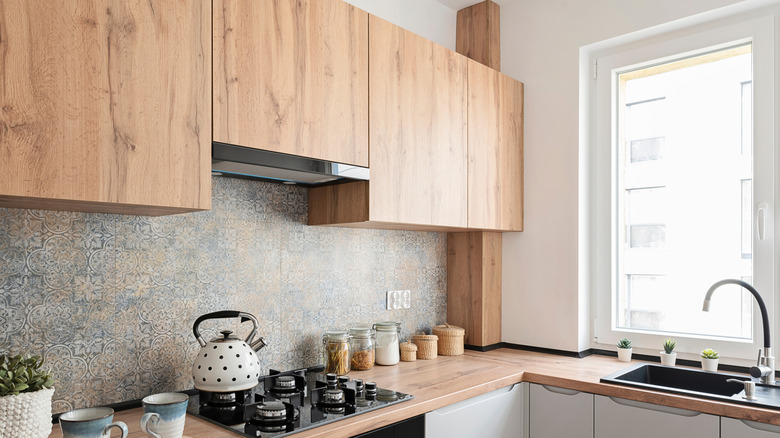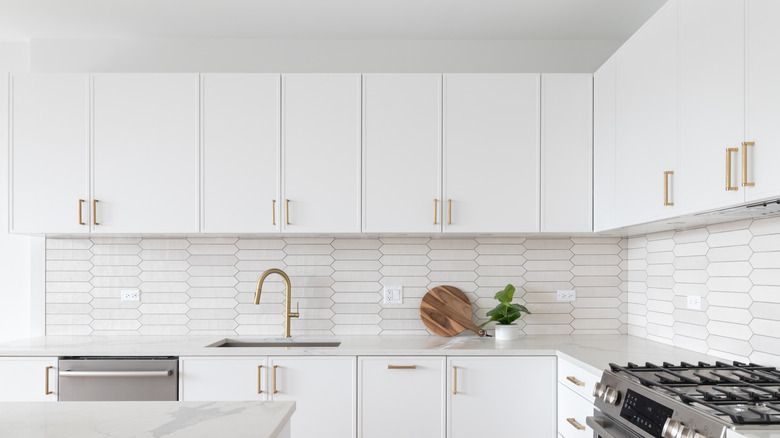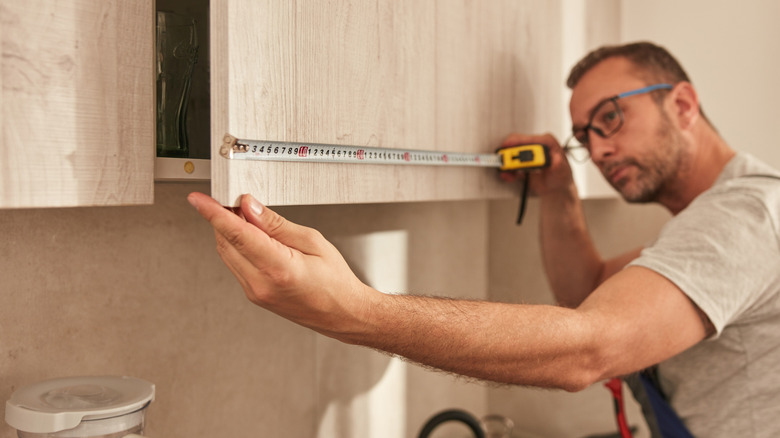The Advantages Of Refacing Cabinets For A New Look Without Breaking The Bank
Cabinets are a standard feature in any kitchen. In addition to providing most of your kitchen storage, they add to the room's ambiance and style. If your cabinets look worn or you need an updated kitchen redesign, you may want to start with this part. But did you know you don't have to do a complete overhaul to enhance your cabinets? After minor kitchen remodeling, you may recoup an average of 96% of your initial investment back, and those minor updates can include a technique called cabinet refacing. There are many advantages to refacing, which can give your cabinets a new look on a smaller budget.
So, between replacing and refacing, how can you tell which is the best option for updating your cabinets? Carefully examine the main box structure for cracks, difficulty opening, water damage, warping, or sagging from the wall. If it's still solid but just needs updated front elements like veneers, doors and hardware, then full replacing may be an unnecessary expense. Don't confuse refacing with refinishing, which only handles the top surface through sanding, staining, and sometimes painting, the existing panels.
Even without completely renovating the layout, refacing gives great design flexibility as you can change the front cabinet style from modern to minimalist, or create a traditional look with shaker panels. Painting, staining, incorporating other elements like glass, and adding or removing handles can all contribute to a brand-new look when opting for refacing and leaving the cabinet box alone. Greater functionality, beauty, increased home value, and less kitchen disruption are just some of the many advantages you can enjoy when taking on a cabinet refacing project.
Your home budget may thank you
If you're like 84% of American homeowners, you may prefer to renovate your existing space than buy a new one when things become outdated. After all, timely home updates help you build equity and home value, while creating a unique personal space. As mentioned, you can get a great ROI with a minor or full kitchen remodel, but you need the money upfront to invest in that work first.
So, is it cheaper to reface or replace your kitchen cabinets? With cabinet refacing, you don't need as much money upfront to invest as you do with a replacement. Your final project fee will vary depending on the materials you use and how many cabinets there are in your kitchen. Overall, a full cabinet replacement can range from $4000 to $13,000, and some may go as high as $50,000. Compare these expenses to refacing with an average cost of $4000 to $9500. Plus, if you have the skill and confidence to do the refacing yourself, you can save even more money thanks to reduced labor costs.
Refacing may allow you and your family to save on eating out or staying away longer than you prefer. After all, a full cabinet replacement means your kitchen will have limited access or be out of commission longer than during a refacing project. Full remodels will have more construction chaos, lingering debris you don't want in your food, and many things may be turned off or blocked off.
Refacing is a viable DIY project
If you enjoy showing off your carpentry and creative skills in your home, taking on a cabinet refacing project gives you the chance to do so. Plus, refacing can be part of other substantial DIY cabinet optimization, like adding pull-out shelves and organizers. You can showcase the process on social media or follow some clever cabinet upgrade tips from HGTV and other home improvement stars.
After ensuring that your existing cabinet structure is in good shape, start selecting materials based on your style preference. Some people choose to use laminate, while others opt for wood veneer, both of which you can overlay on the existing plywood. You can get 48 inch x 96 inch White Oak Wood Veneer for $56.78 or 4 feet x 8 feet Laminate Sheet in Walnut Butcherblock with Matte Finish for $82.25 from Home Depot.
Don't forget to remove everything from your cabinets as you don't want things getting moved around and falling on you when working. Use tools to remove cabinet doors, drawers, hardware, etc. Clean both sides of your cabinet panels to remove grease, oil, and grime. You should lightly sand these areas with medium grit sandpaper and wipe them down to smooth them out. After cutting the veneer, press the adhesive side on the plywood and press down to remove air bubbles. From this point, clean the surfaces again and add several layers of finish — allowing each layer to dry first — with a paintbrush. Install drawer pulls, slides, and hinges to reattach doors to the cabinets.


